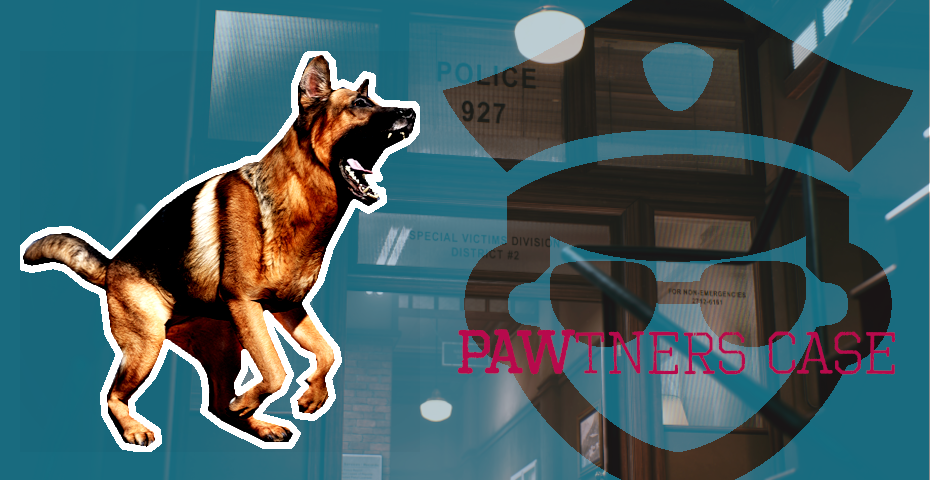“I sit here
drunk now.
I am
a series of
small victories
and large defeats
and I am as
amazed
as any other
that
I have gotten
from there to
here
without committing murder
or being
murdered;
without
having ended up in the
madhouse.as I drink alone
again tonight
my soul despite all the past
agony
thanks all the gods
who were not
there
for me
then.”
― Charles Bukowski, The People Look Like Flowers at Last
The Concord game is out and it looks like a failure. People have worked for 8 years to something that will be shut down in the next few months. 8 years ago, the Overwatch fever brought many companies to invest in this new genre. We are seeing new games with Marvel and Star Wars IPs coming out these days.
The developers have accumulated experience and developed a compromise towards their colleagues over the past 8 years. They made something beautiful. The game is great, but its personality is not in line with the market right now. You can still see beauty, experience, and design.
Can we consider that their job has gone down the drain? It depends on how you see your work. If you are in the “American dream” of making lots of money and success in a few time, maybe yes. Maybe you just lost your time with a failure.
They have worked for 8 years together with other experts. They are more savvy now. Next projects will be benefit from all this. Maybe someone will go and build something different, something new.
The time we invest into our craft is never lost.

